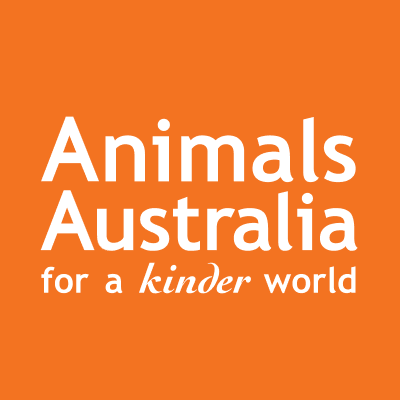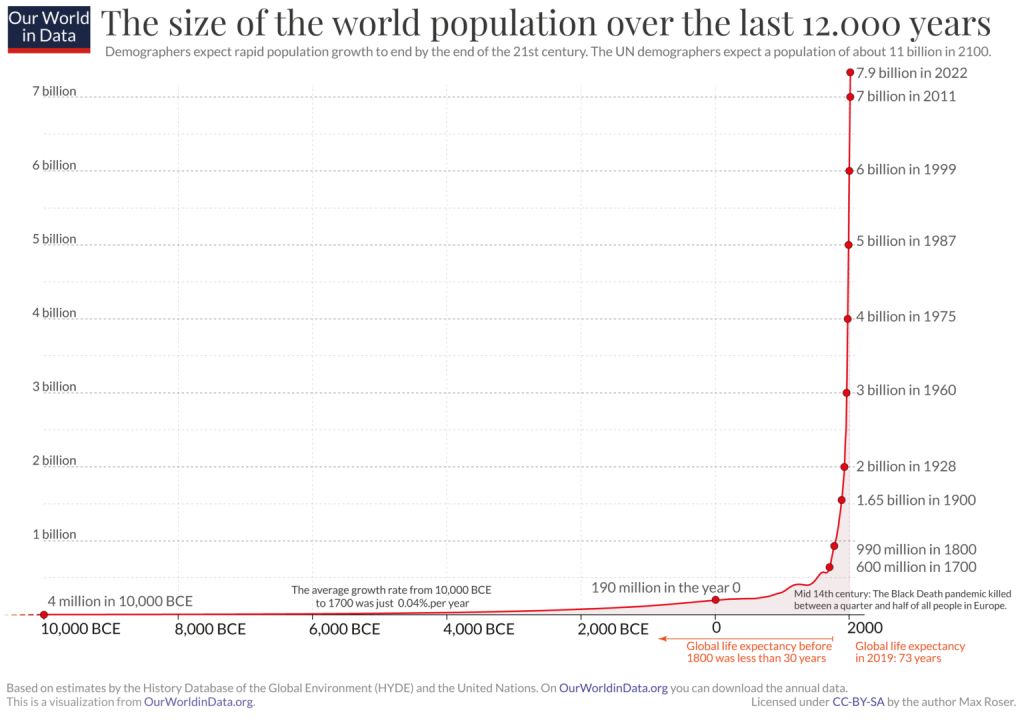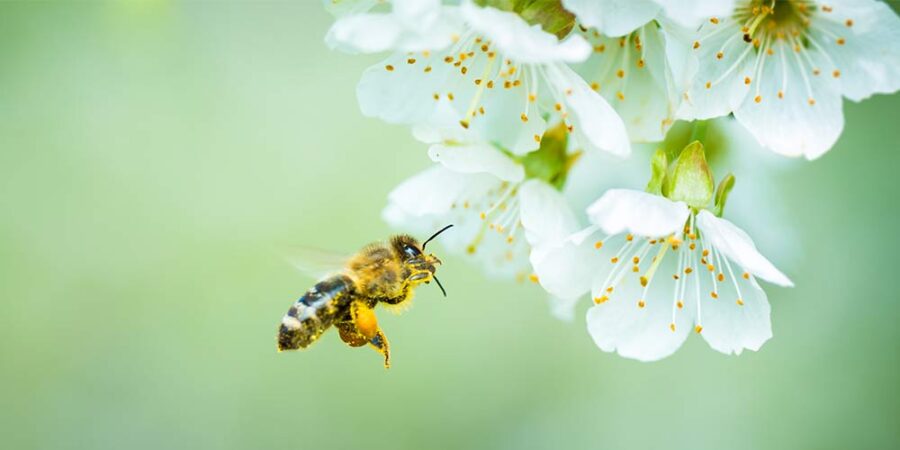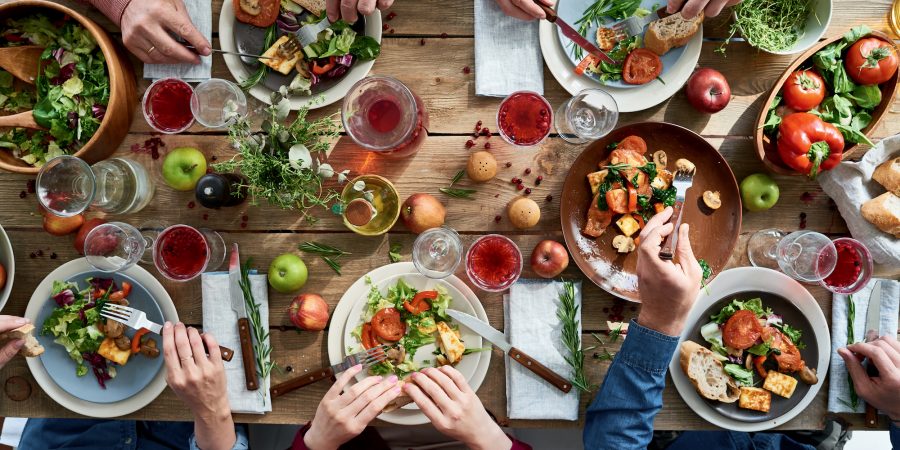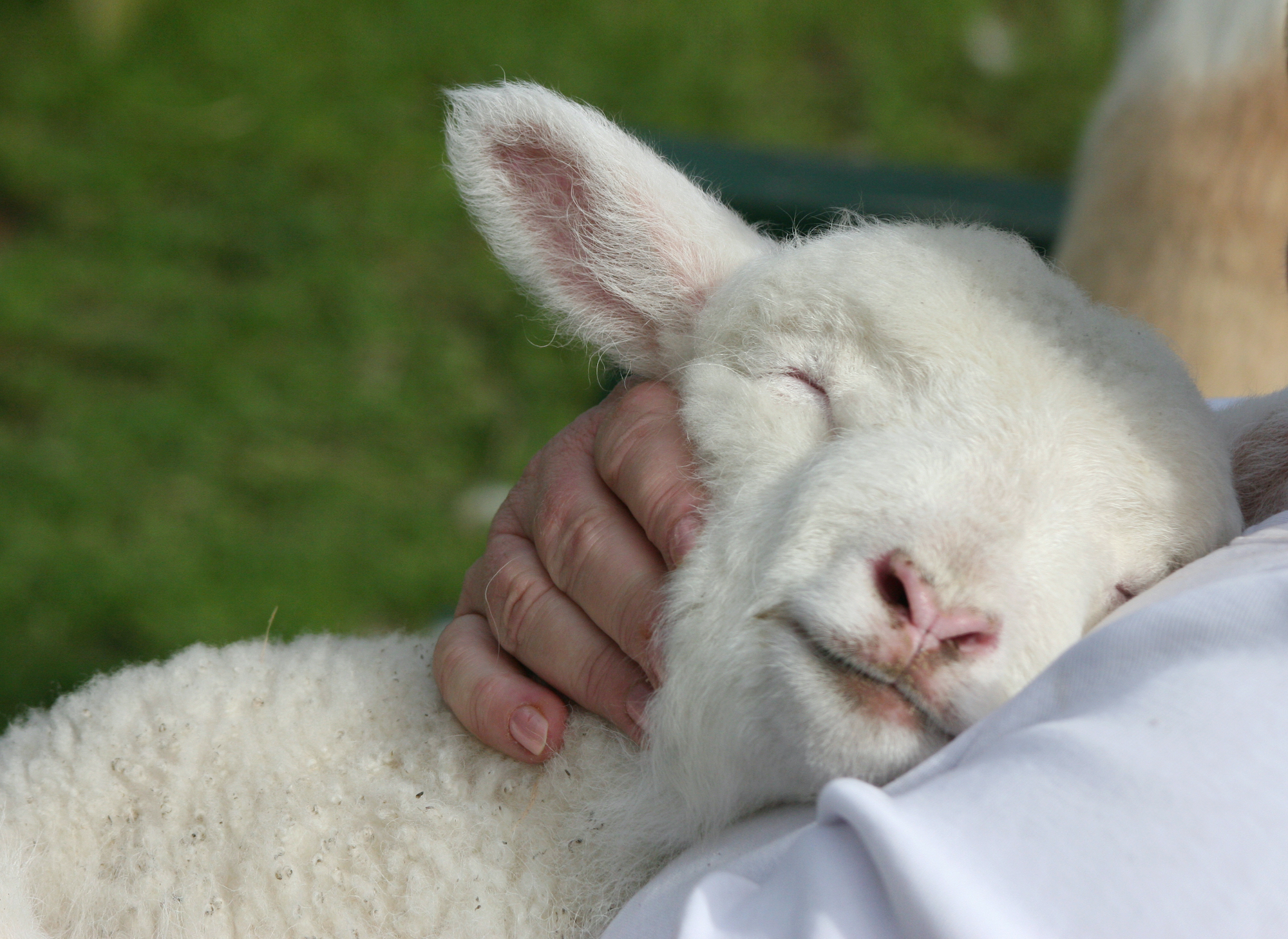We are currently witnessing wildlife loss at an alarming rate. According to the recent WWF Living Planet Report (2022), species populations have declined 69% on average in the last 50 years.[1]
Why are wild animals and plants in serious decline?
In short, the increasing demand for animal products has led to our current food system – so it’s largely due to the way we eat…
Across almost all categories of plants and animals, the leading cause of extinction is habitat destruction due to land clearing – and the vast majority of land clearing is to graze cattle for the beef and dairy industries, and to raise crops to feed farmed animals. Available data reveals that 41% of deforestation is due to pasture expansion for cattle, followed by 18% for soy and oilseeds – with most of that soy being fed to farmed animals (and a mere 6% of soy being eaten directly by humans).
For fish and other marine animals, the greatest extinction threat is exploitation, or in other words, fishing them to extinction.
The systems of ‘food production’ we inherited from those before us are having catastrophic impacts on animal species worldwide. And although we didn’t choose these food systems, we can change them.


